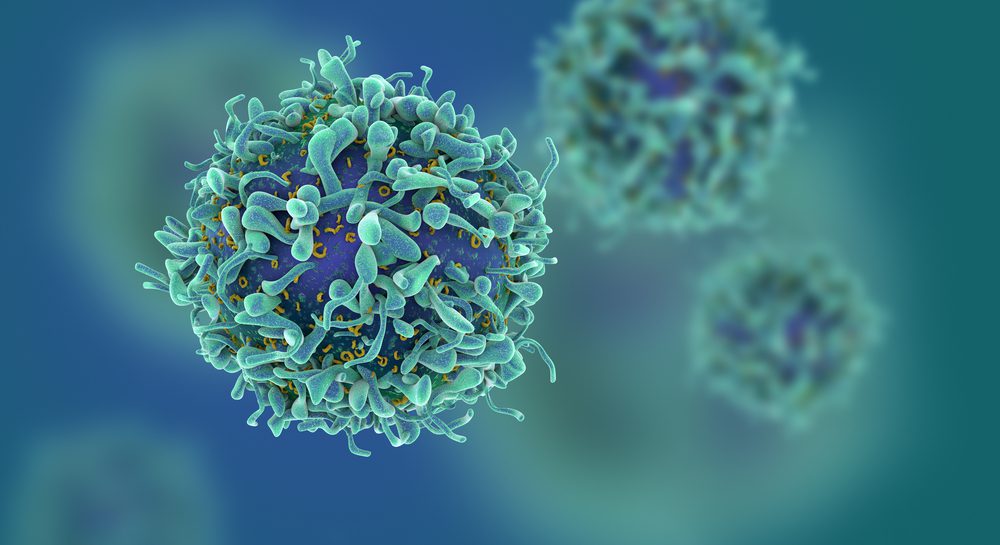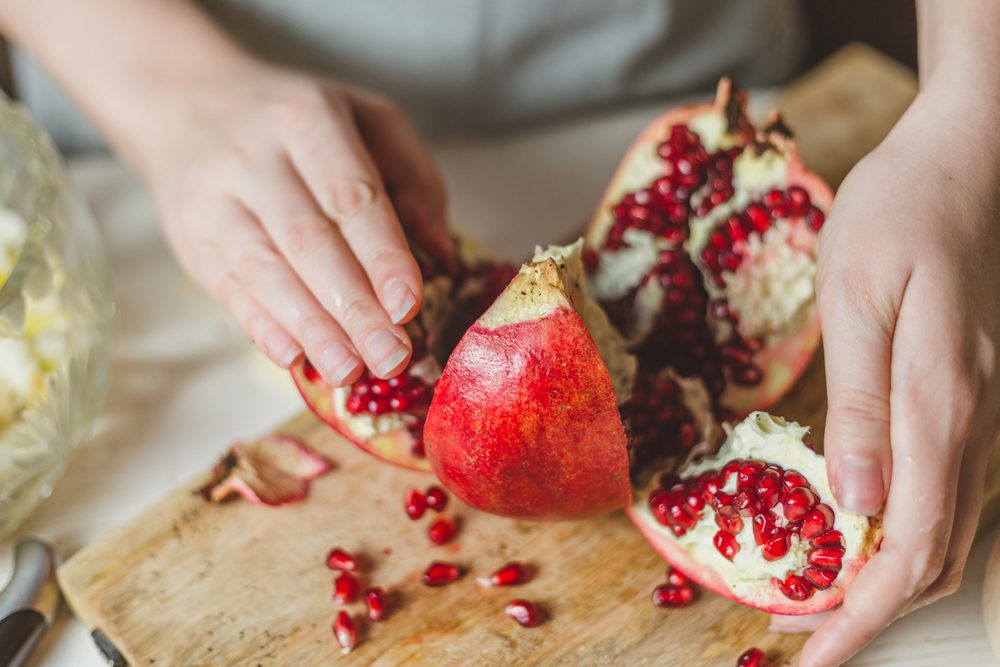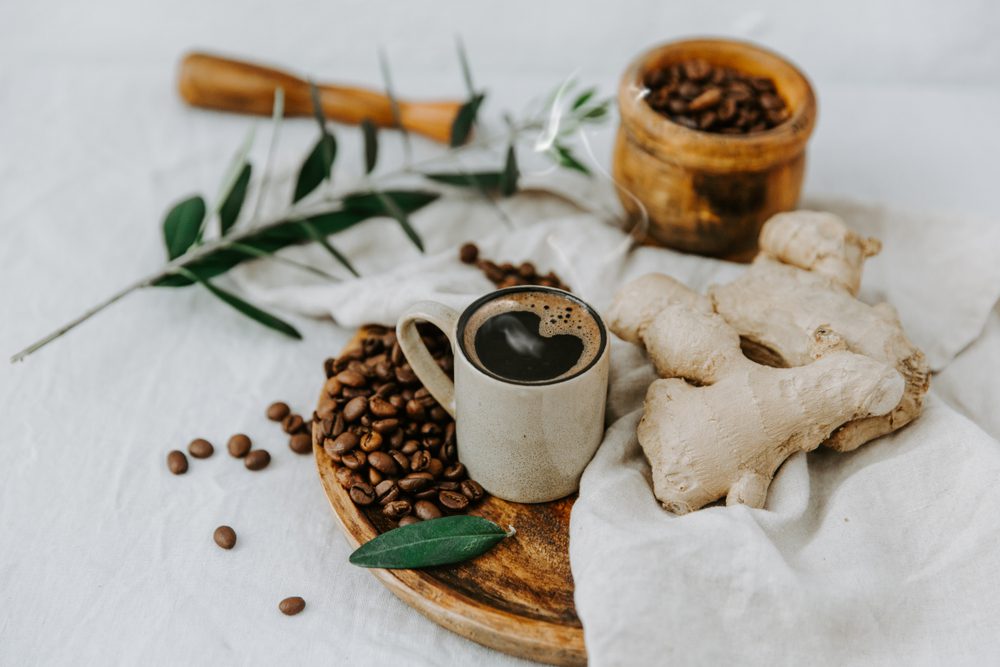Why are COVID levels so high right now?
Over half of our states report that COVID levels are poised to continue after this summerlong rise.
The latest CDC wastewater monitoring data shows that 27 states detect “very high” levels of SARS-CoV-2. The title “very high” indicates the highest viral activity level used by the agency. There are other signs that the summer COVID wave is nowhere near ending its climb.
The rate of positive COVID tests reported to the CDC is now over 17%, up from 0.3% in early May. To put things into perspective: The rate of positive COVID tests is at its highest level since about 2 years ago.
The CDC recommends staying alert as to whether respiratory viruses like COVID are causing a lot of illness in an individual’s community.
We also know that an updated COVID-19 vaccine that’s recommended for all people ages 6 months and older will be available by the end of this fall. Until then, here are the 12 states where COVID levels are soaring through the roof!

Alabama
A wave of summertime COVID is here. The Alabama Department of Public Health said there’s been some evidence of high Covid levels recently. Dr. Wes Stubblefield, a medical officer with ADPH, said that current COVID numbers appear to be climbing.
And some parts of the US have seen some growths in the number of hospitalizations and the number of positive tests that are being registered regionally. He continued by saying that there has been evidence that there’s been some kind of summertime COVID wave.
Alaska
Alaska seems to have also experienced a summer rise in COVID levels, fueled by the new so-called “FLiRT variants,” new Omicron variants of the COVID-19 virus.
Joe McLaughlin, an epidemiologist with the state’s division of public health, said the wave is partially due to waning immunity. He noted that only approximately 18% of Alaskans got a COVID-19 vaccine this past year.
He went on to explain that anytime we see these variants that are driving the wave, generally, what’s happening is that they’ve gone through some kind of a mutation, at least one, that typically will give them the capability to evade prior immunity better than other strains that are circulating around.
Arkansas
According to Newsweek, by the end of last month, the CDC reported that 16.3% of all COVID tests performed in the US, excluding at-home test results, came back positive, representing a 2% increase from the previous period.
Region 6, which contains Louisiana, New Mexico, Arkansas, Oklahoma, and Texas, came in at number one with the highest percentage of positive tests.
California
California’s strongest summer surge in COVID levels in years doesn’t seem to have an end in sight, and an uncommon mutation may be partially to blame, says the LA Times.
Of particular concern is the rise of a hyper-infectious subvariant called KP.3.1.1, which is so contagious that even those who have eluded infection throughout the pandemic are getting sick.
Florida
Why would COVID level be spiking in Florida of all places? Well, it turns out that historic temperatures have been forcing people inside in this part of the US, which leads to the spreading of more diseases.
Besides this, the family of currently circulating variants, known as FLiRT variants, tend to evade vaccine-induced immunity better, according to Libby Richards of Purdue University.
And as we all know, children tend not to do a very good at handwashing… but they are masters at putting their hands and other objects in their mouths.

Idaho
Boise has been seeing the highest levels of COVID-19 in its wastewater since a significant spike in January, according to reports by the Idaho Statesman. This surge follows a nationwide trend as cases creep up all over the country.
Infection rates in Idaho have been gradually rising since May, stirring some concern from public health officials as people traveled for vacations and gathered for summertime barbecues and other events. They fear this aided in COVID levels rising faster.
Record-breaking heat and wildfire smoke also swamped the Treasure Valley, driving residents indoors and into air-conditioned, smoke-free spaces.
Kansas
COVID-19 has also been on the rise in Missouri, according to wastewater surveillance and hospital testing data from the CDC, says The Kansas City Star. Hospitals have also noticed an uptick in positive cases.
Emergency departments were diagnosing approximately 1.3% of their patients with COVID-19 in July. These are the highest COVID levels since the first week of March.
And 11% of very explicit NAAT tests, which are usually used in medical settings, were returning positive as of the same date, giving the first part of July the third-highest test positivity rate recorded this year.
Louisiana
According to the latest federal data, a summer surge in COVID levels continues into fall in Louisiana. Louisiana has the 2nd highest level of COVID-19 in wastewater in the nation, reports NOLA.com.
4 years after the first COVID-19 cases were reported in the state, Louisiana has retired some of the tools for tracking the spread of the virus. Regular testing, mask-wearing, and sanitizing efforts have also fallen by the wayside.
Nevertheless, hospitalizations, rising wastewater levels, and emergency room visits for cold-like symptoms show that COVID-19 is still a big presence in this state.
Maine
A Maine doctor is choosing to look on the brighter side of the situation. Dr. Puthiery Va, director of the Maine CDC, says that the surge in COVID levels is somewhat expected.
She says that COVID has been following a predictable pattern that includes a summer surge, and travel is a likely factor. So, what does this mean going into the fall season?
What reassures Dr. Puthiery is that the degree of impact on how sick people are getting and are passing away is much, much lower than the earlier surges, and she thinks that’s worth mentioning.
South Carolina
Generally speaking, the winter is a much worse surge in COVID levels than what we see in the summer. But in South Carolina, that doesn’t seem to be the case, according to South Carolina’s COVID-19 tracking team.
Virginia
COVID levels have ticked up around the commonwealth. It’s practically become a tradition, as common as forever-running air conditioning, antsy kids, and respites at the beach, says the Virginia Mercury.
We should all get used to the fact that each season, there will be an increase in infections and we should protect ourselves as best as we can.
How do we do that? By boosting our vaccines, practicing good hygiene, including washing our hands often, staying home if sick, and testing if we suspect an infection.

Washington State
COVID-19 infections, hospitalizations, and emergency department visits are rising in Washington. However, according to the Washington State Standard, most of the state’s residents have yet to get the most updated vaccine booster for the disease.
Dr. Eric Chow, chief of communicable disease epidemiology and immunizations for Seattle and King County’s public health department, believes that even at this point, COVID carries a higher risk of mortality than influenza.
He believes that before the pandemic, we were already concerned about the risk of fatalities from flu, but now we have COVID to add to the mix.
If you ask us, now is the perfect time to stock up on hand sanitizers and vitamins!
What are YOUR thoughts on this matter? Please feel free to let us know in the comments section below. And if you found this article useful, we also recommend reading: 12 Natural Cough Remedies That Are Worth Trying

























